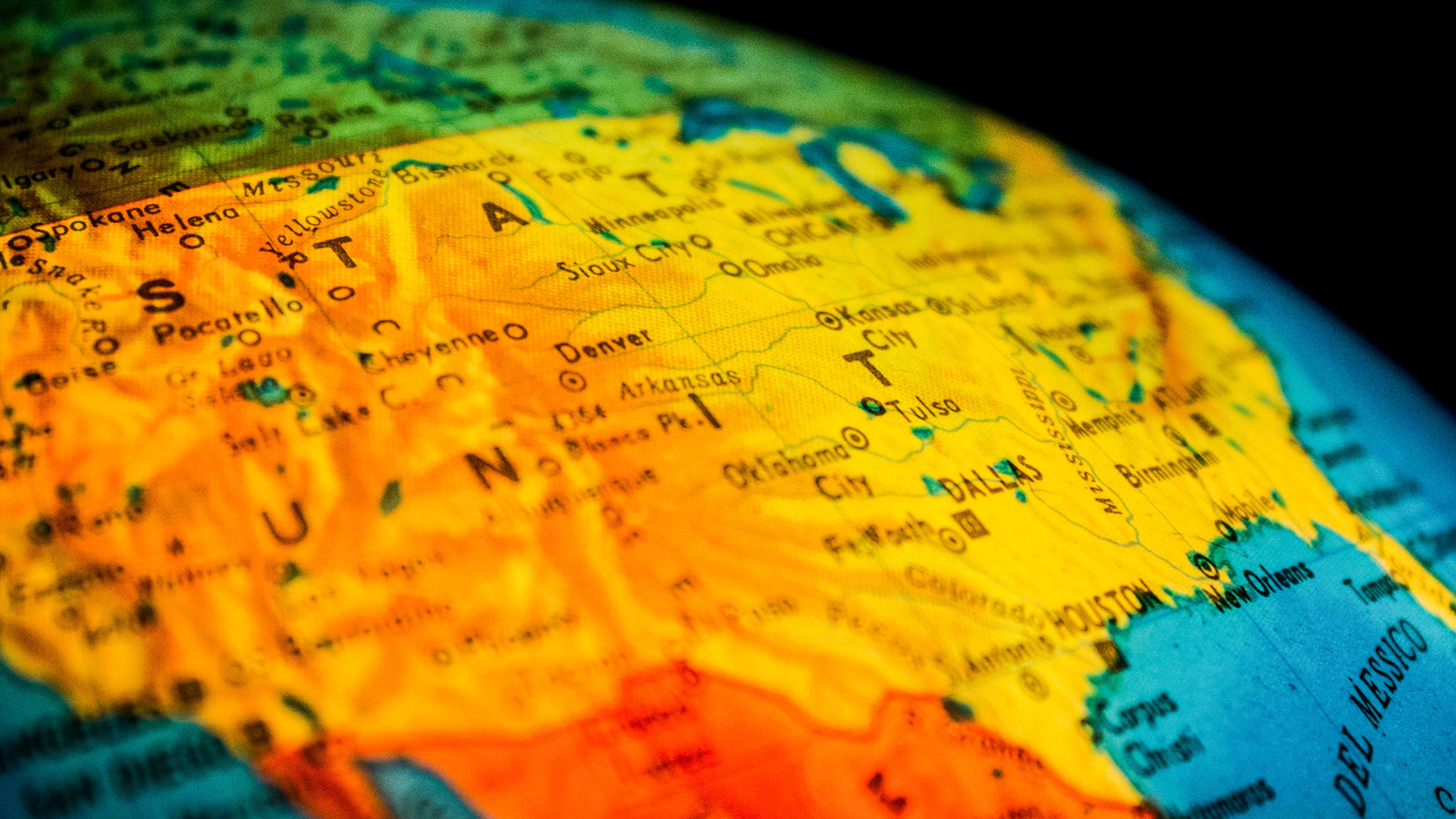It’s been a year since the Supreme Court overturned Roe v. Wade, returning the decision of whether to keep abortion legal to the states. Trigger laws went into effect in 13 states, allowing for the prosecution of providers who violate the abortion ban. As expected, for those who live in anti-abortion states, as well as states with limited access to abortion, the blow to women’s rights to their own bodies has been hard felt.
Advocates of abortion rights have long maintained that criminalizing abortion impacts vulnerable populations the most. That’s because, while some women might have the financial means to travel in order to receive abortion care, those who don’t will be forced to carry unwanted pregnancies. What’s stunning is that many of the states with the least access to abortion also have the fewest resources for pregnant women, mothers, and children.
Caitlin Myers, an economics professor at Middlebury College in Vermont, told NPR about that disproportionate impact. “Most [patients] are poor or low-income—75% are low income, 50% are below the poverty line—and more than half are reporting a disruptive life event like they’ve just lost a job, they’re being evicted, they’ve broken up with a partner,” she says. “We also know that they’re very credit-constrained. More than 80% of people seeking abortions in one large influential study had subprime credit scores, so this is not a population that just hops on a plane easily.”
It’s data Myers knows well, as she’s worked to collect it for 20 years. Now, she’s used that information to create a map of abortion providers across the country, as a part of the Myers Abortion Facility Database. It tracks how changes in access impact birth and abortion by the numbers, with research going back to 2009. Myers and her team used Planned Parenthood’s provider database to track changes, but they also made hundreds of phone calls each day to see which clinics were open because independent providers are harder to track online. Then, they investigated why the changes in care happened.
According to the data, access is more scarce than imagined. While it’s no surprise that Southern states have worse access to abortion, much of the country is now hundreds of miles from care. While just a year ago, only 1% of the population was 200 miles away from the closest provider, now that figure has risen to 14%, she says. The average person in the U.S. is about 86 miles from an abortion provider. For many women, extensive travel is a deal-breaker that means an abortion isn’t possible.
Some states are even trying to ensure women don’t head out of state for abortions. In April, Idaho passed a law explicitly aimed at restricting out-of-state travel for abortion services. The new legislation also makes helping a pregnant minor get an abortion in another state punishable by two to five years in prison. Some states have also passed laws that allow private citizens to sue anyone who gets an abortion or helps someone receive care. There are a number of telehealth providers that offer abortion pills through the mail. Access to those services is also limited by location.
Recognize your brand’s excellence by applying to this year’s Brands That Matter Awards before the final deadline, June 7.
Sign up for Brands That Matter notifications here.
